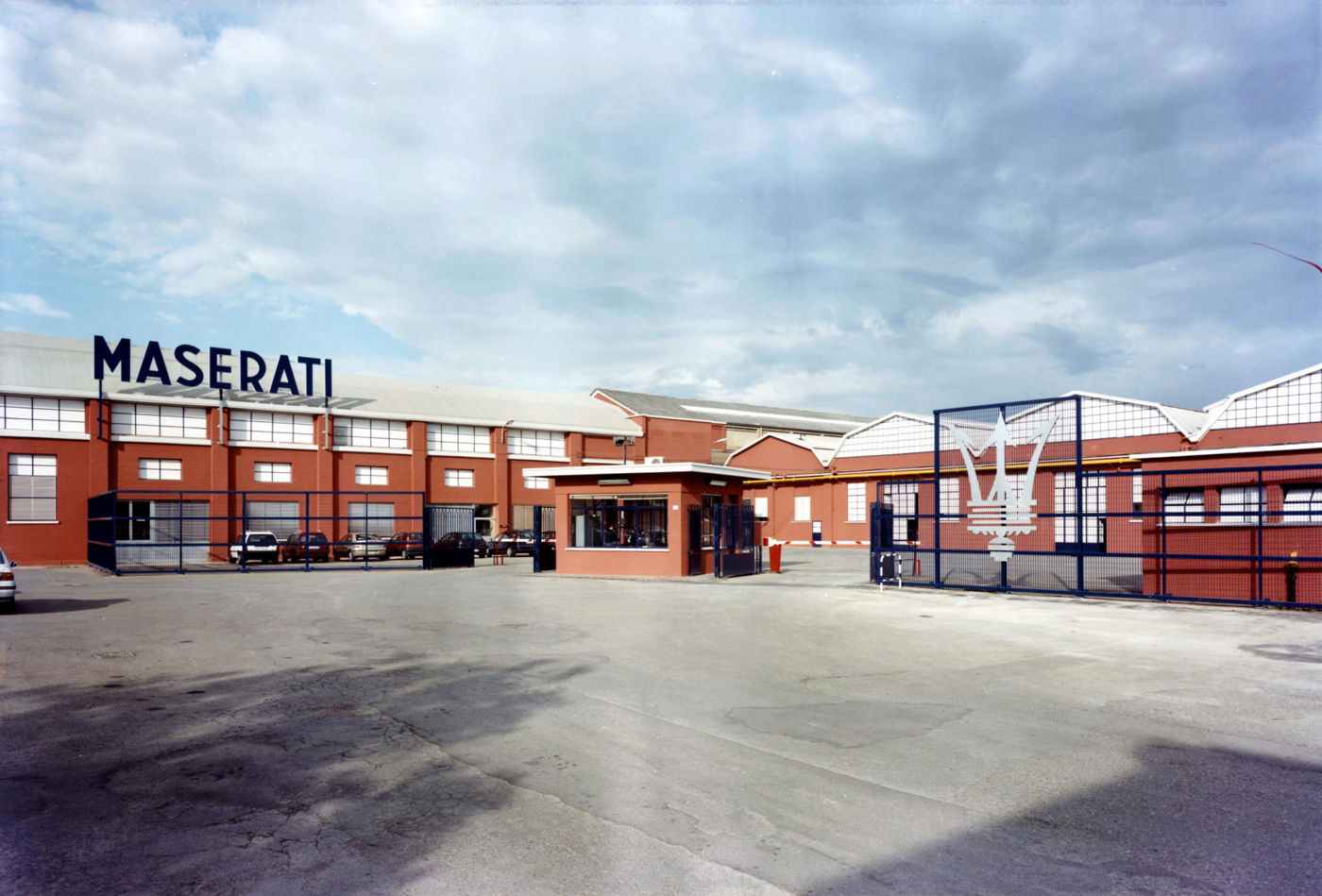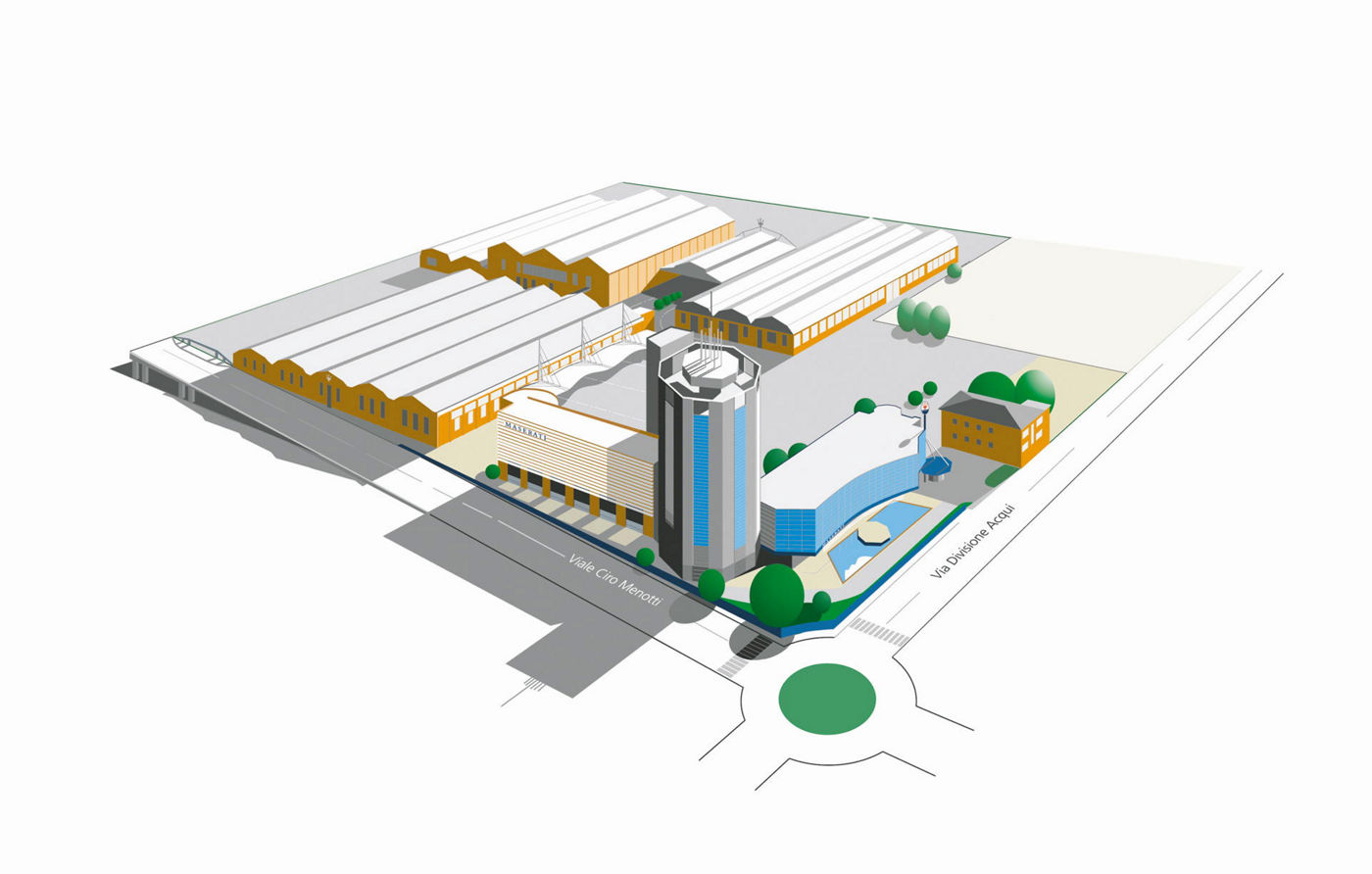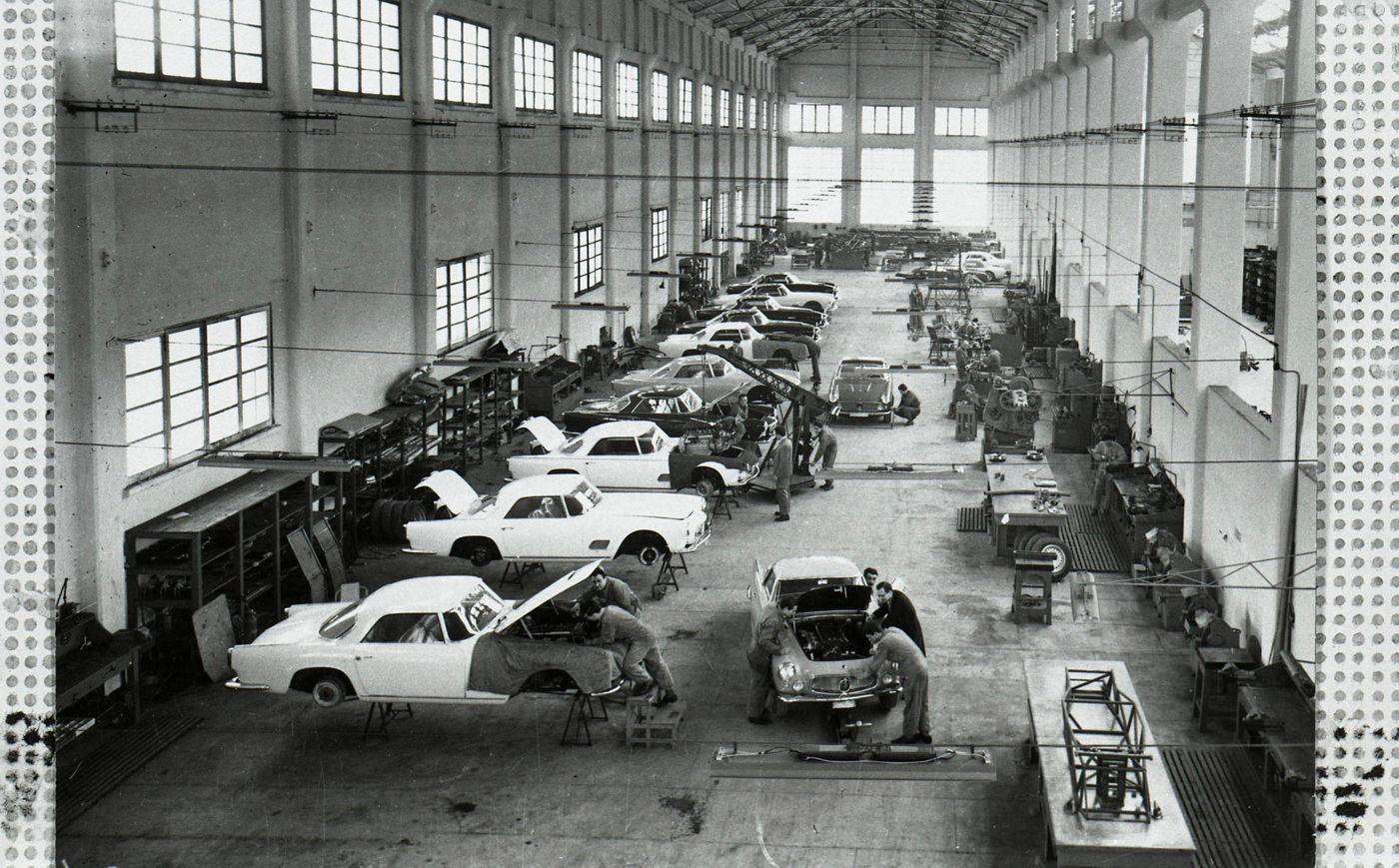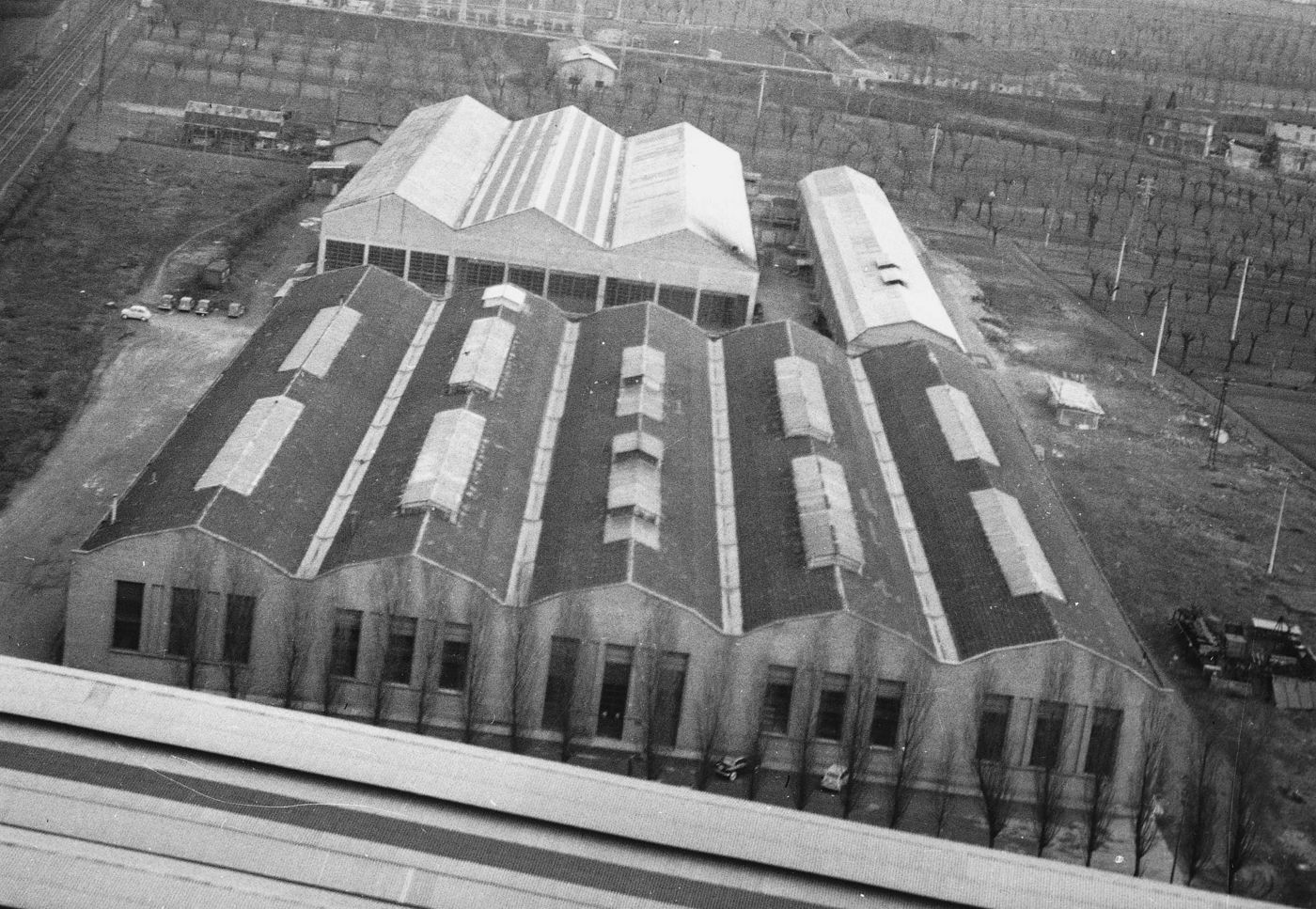Maserati and Modena: 80 years of history, passion and cars

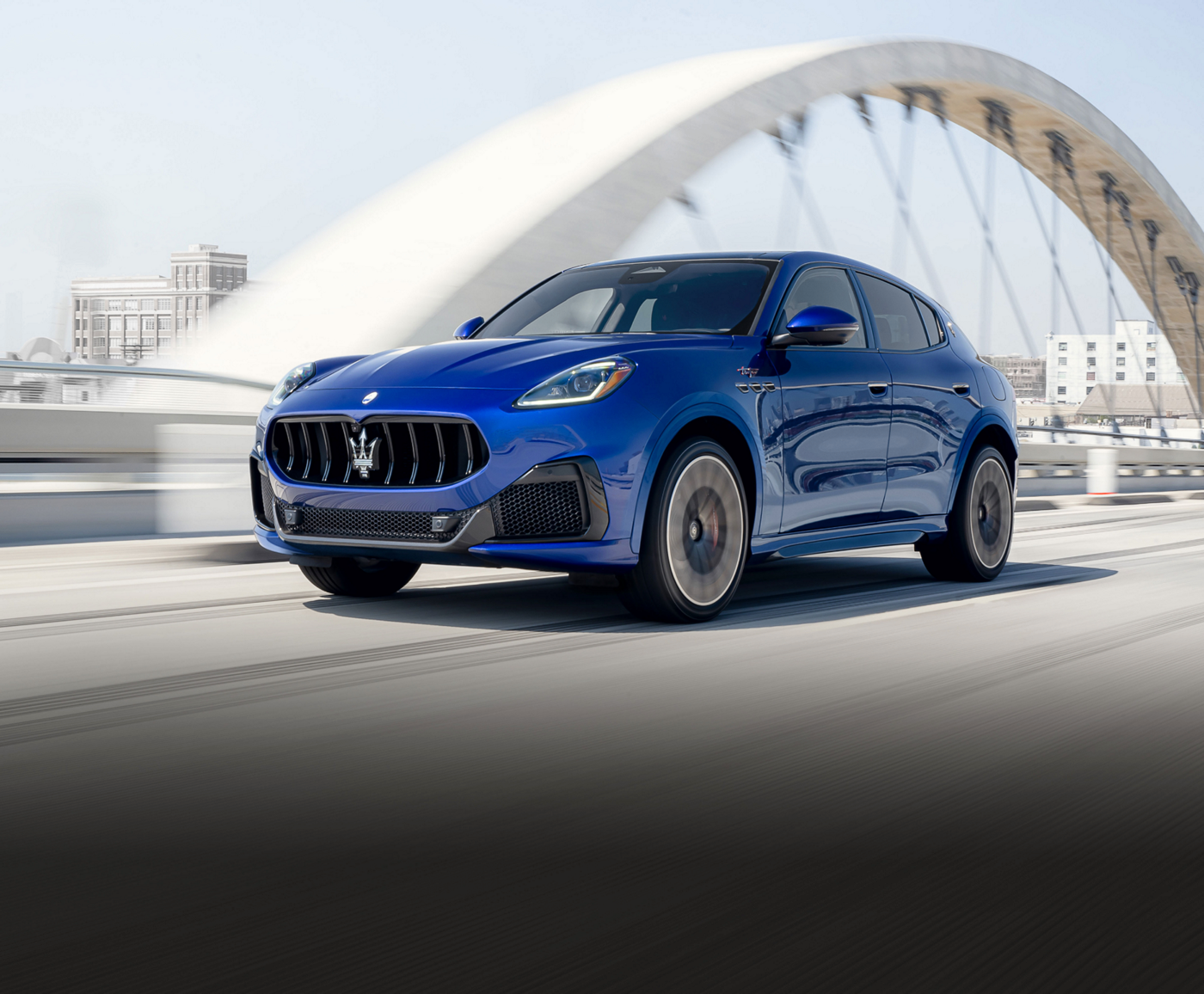
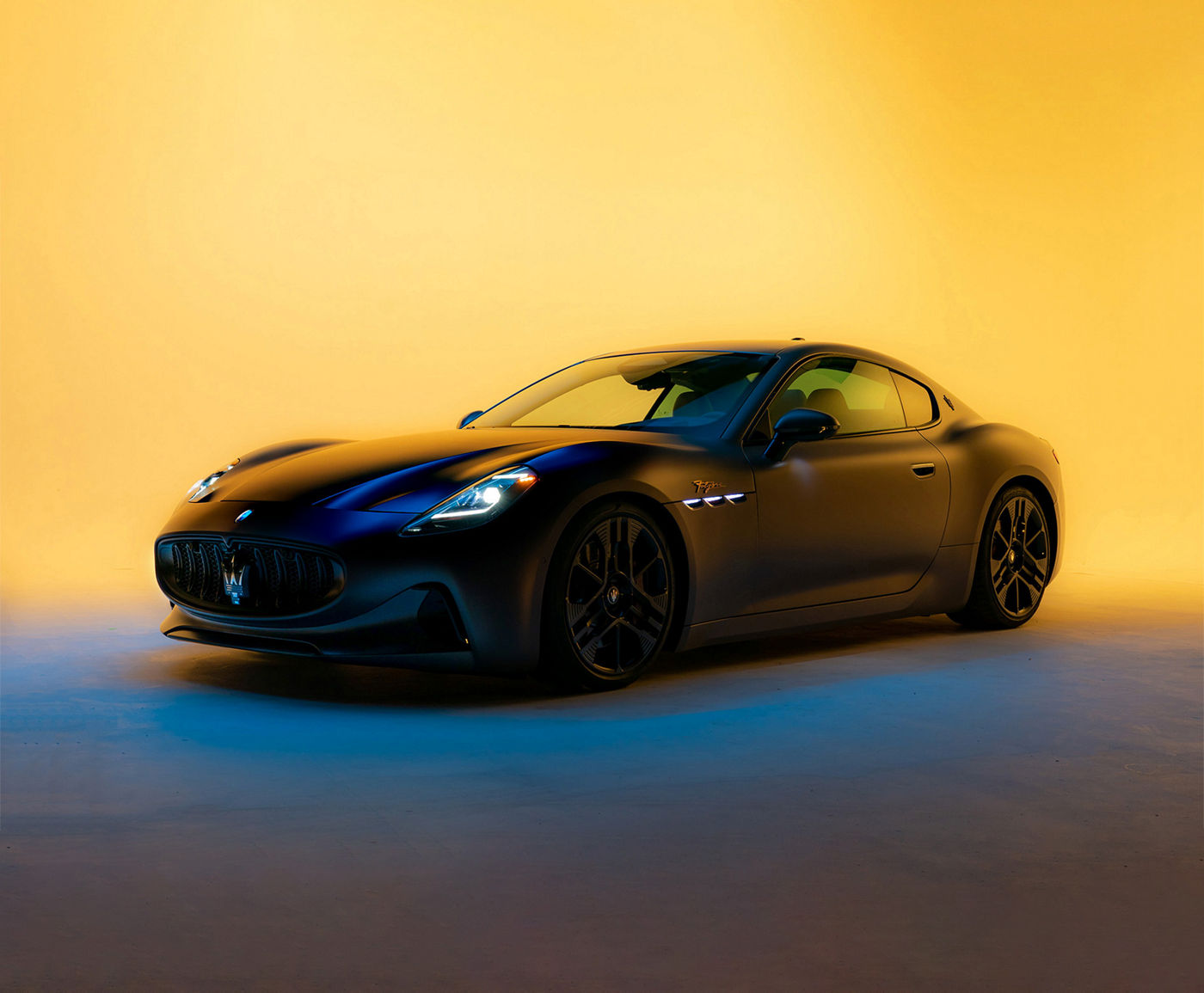
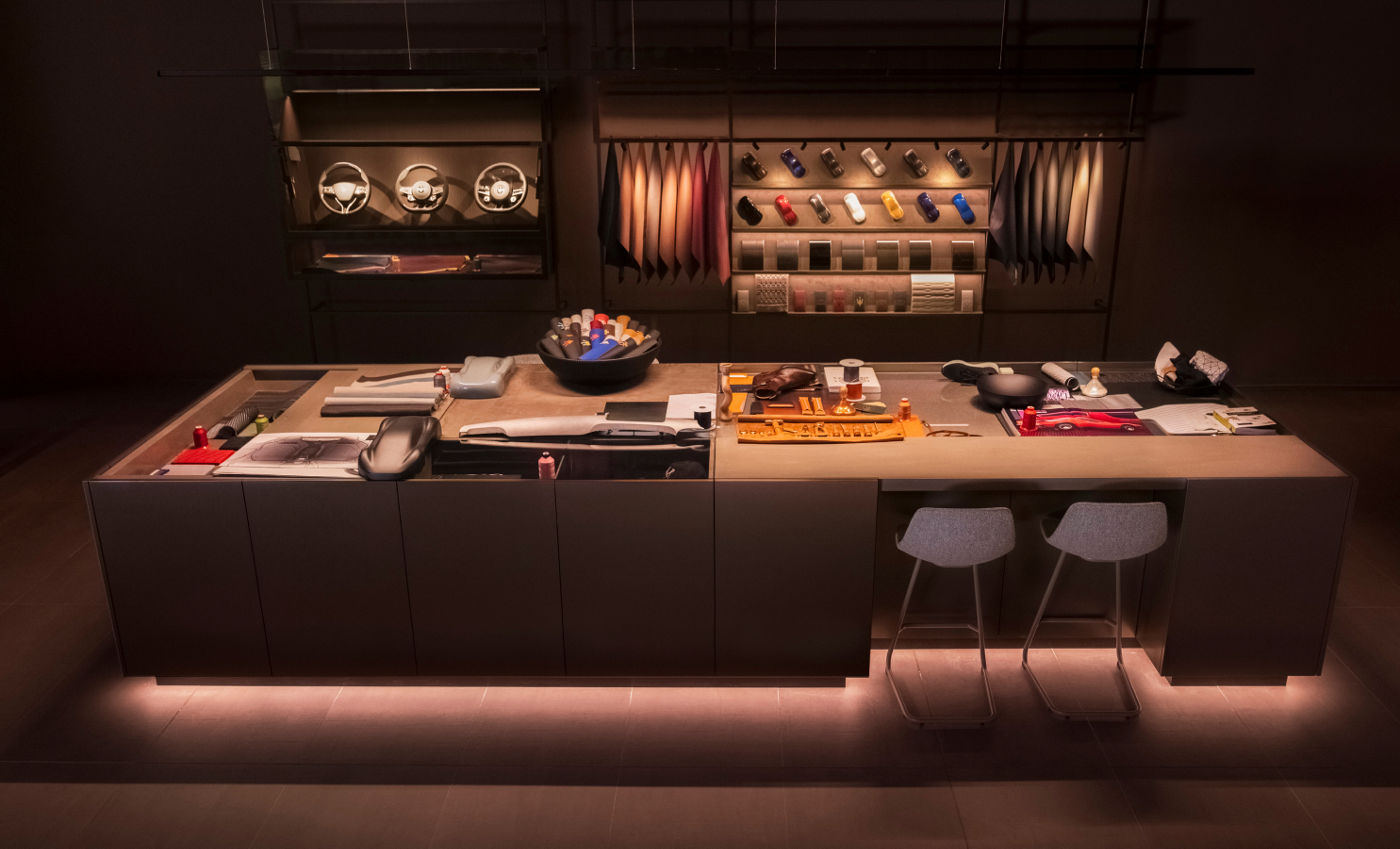
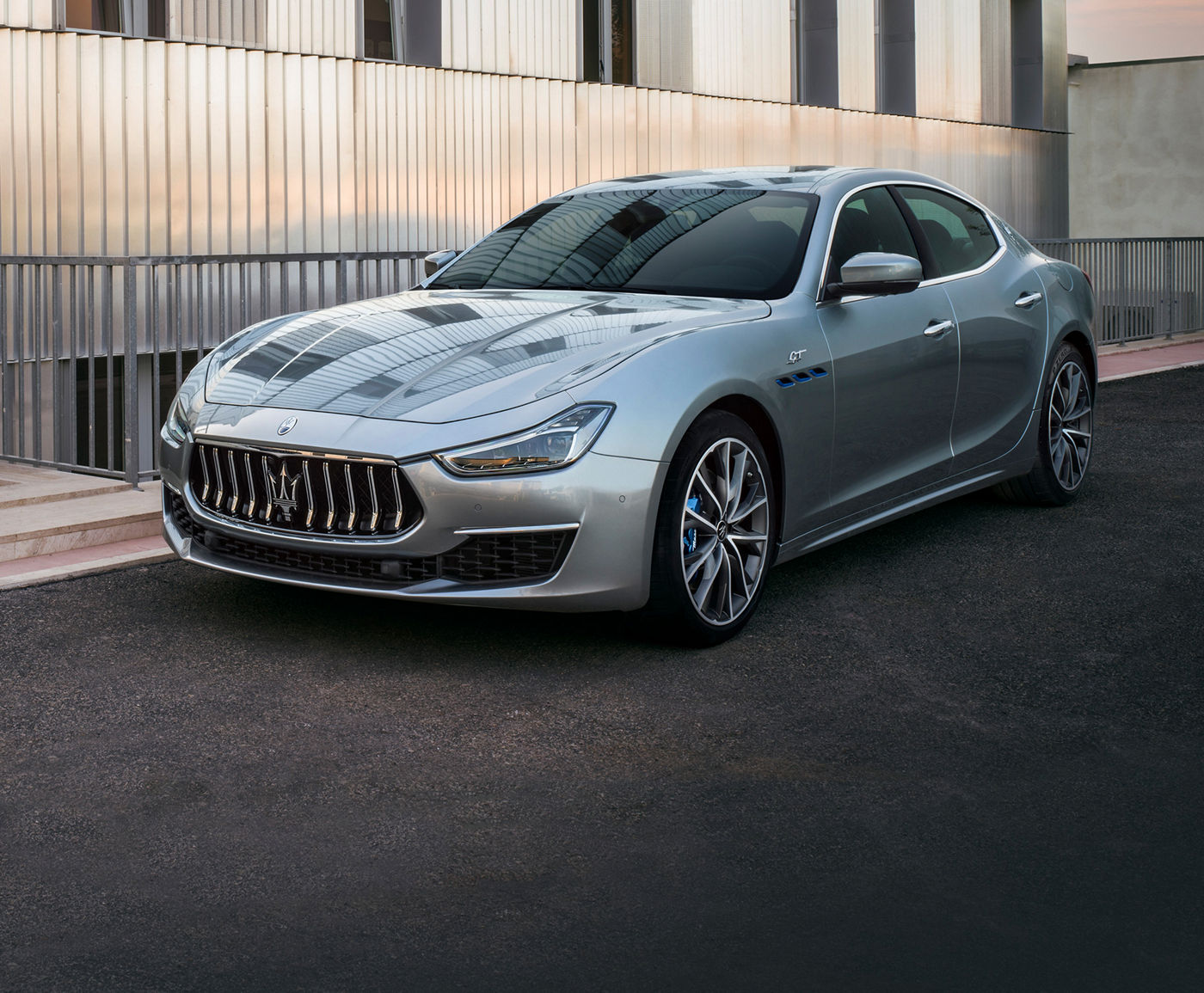


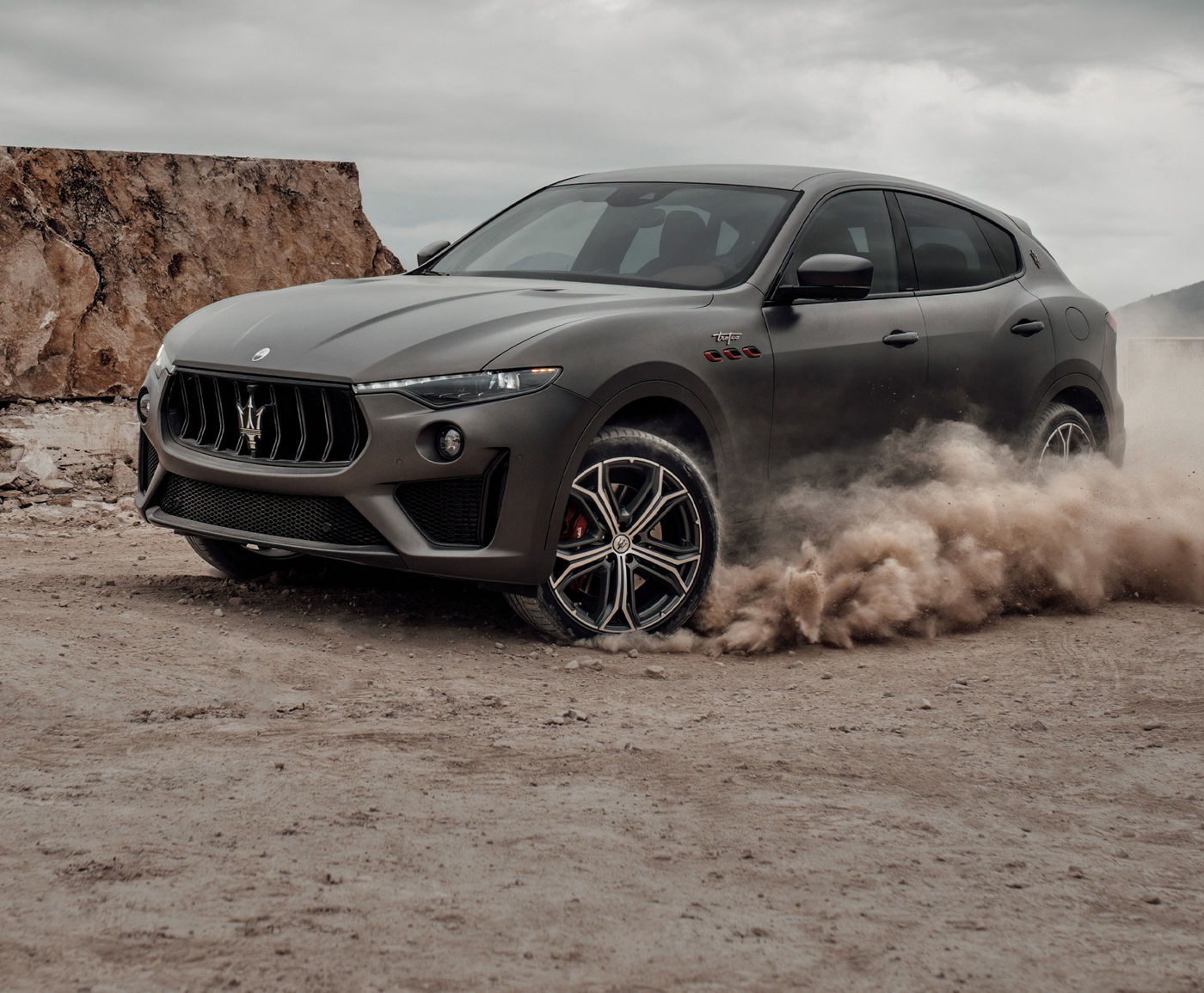








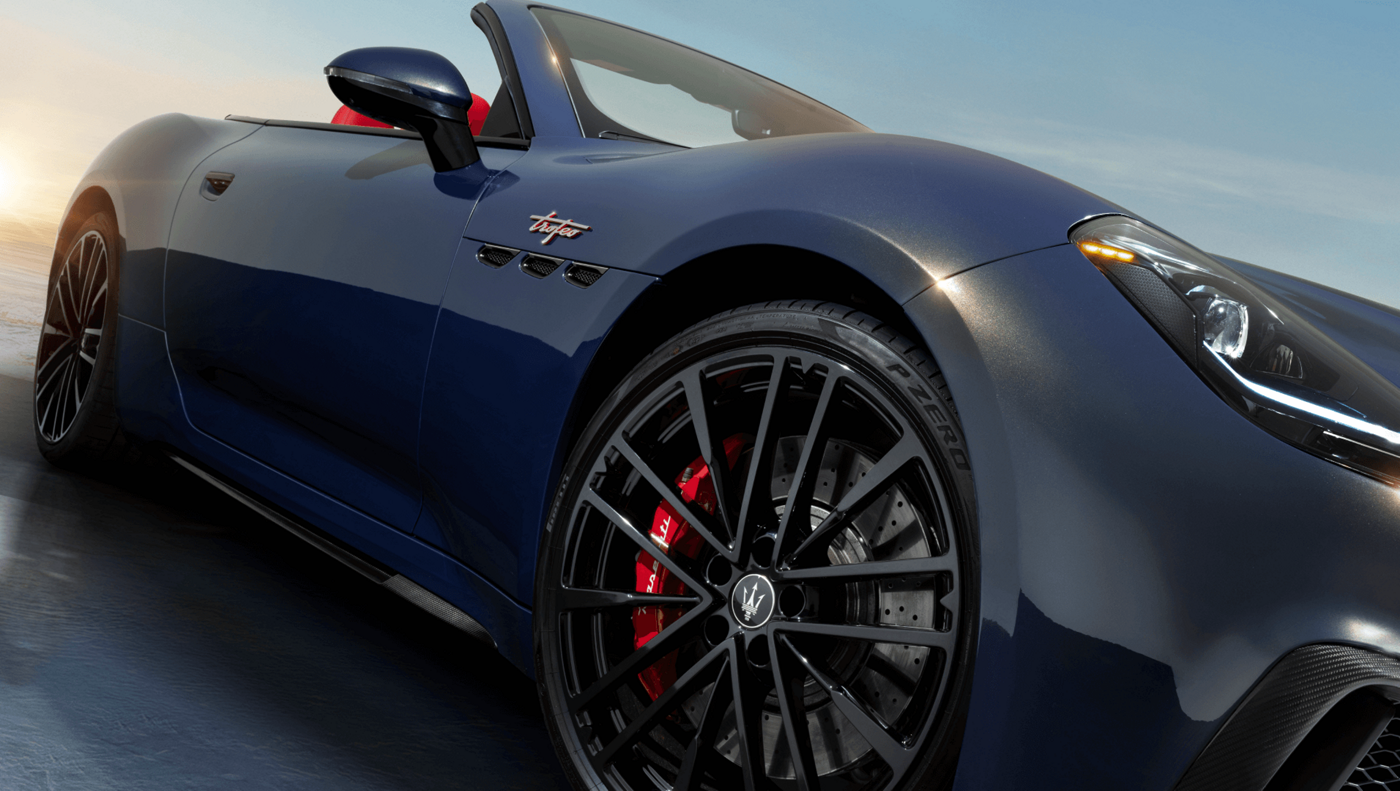











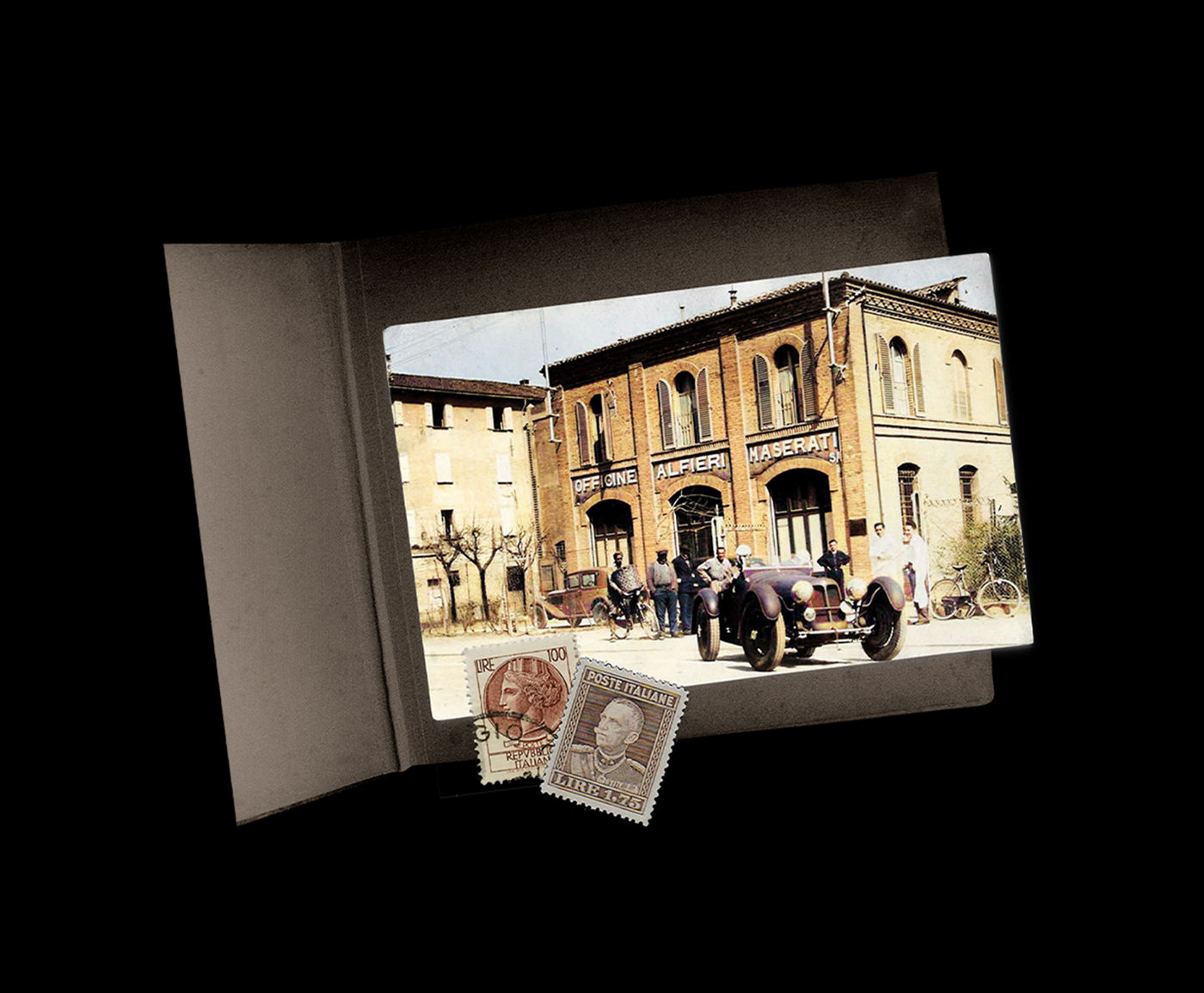
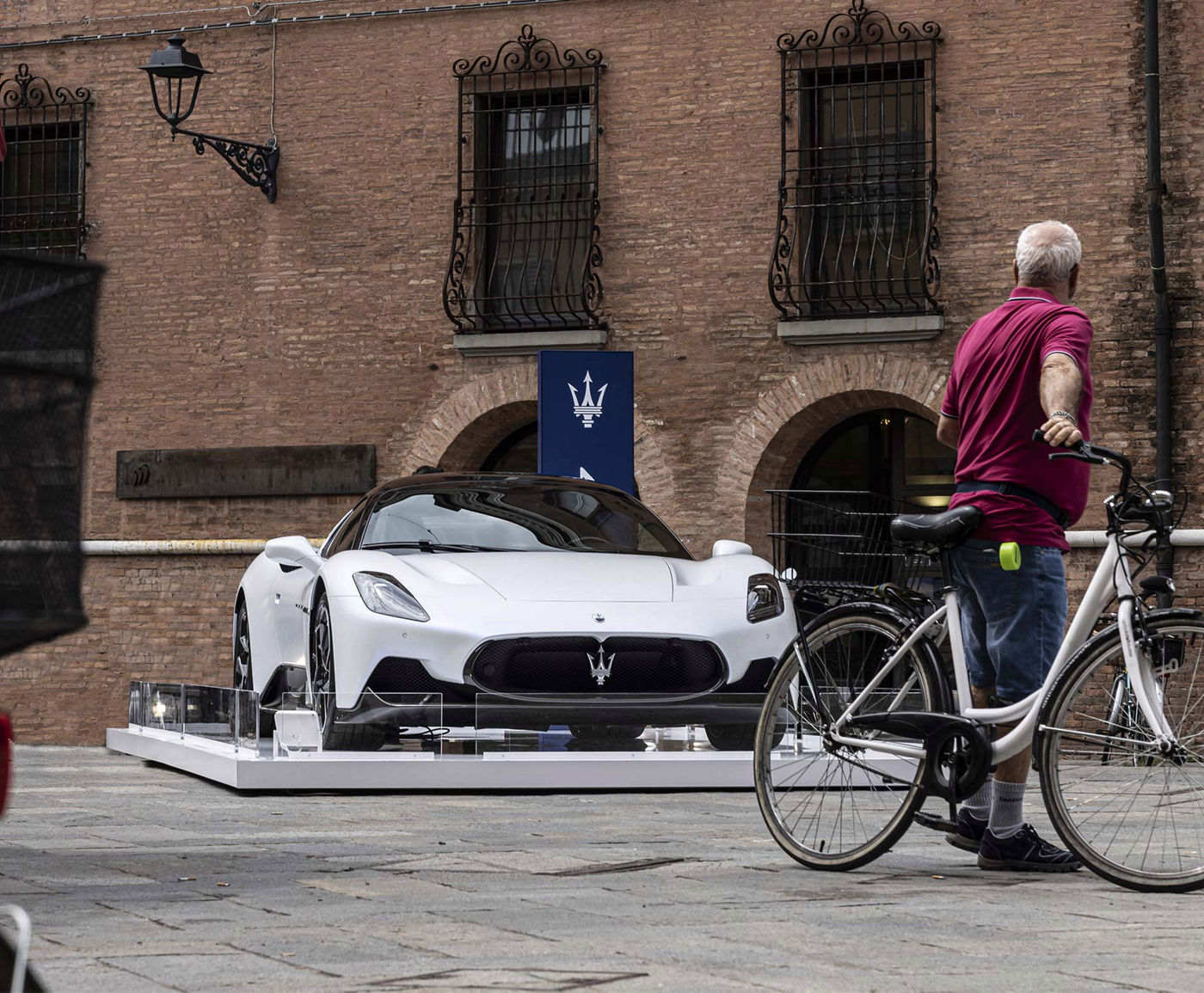


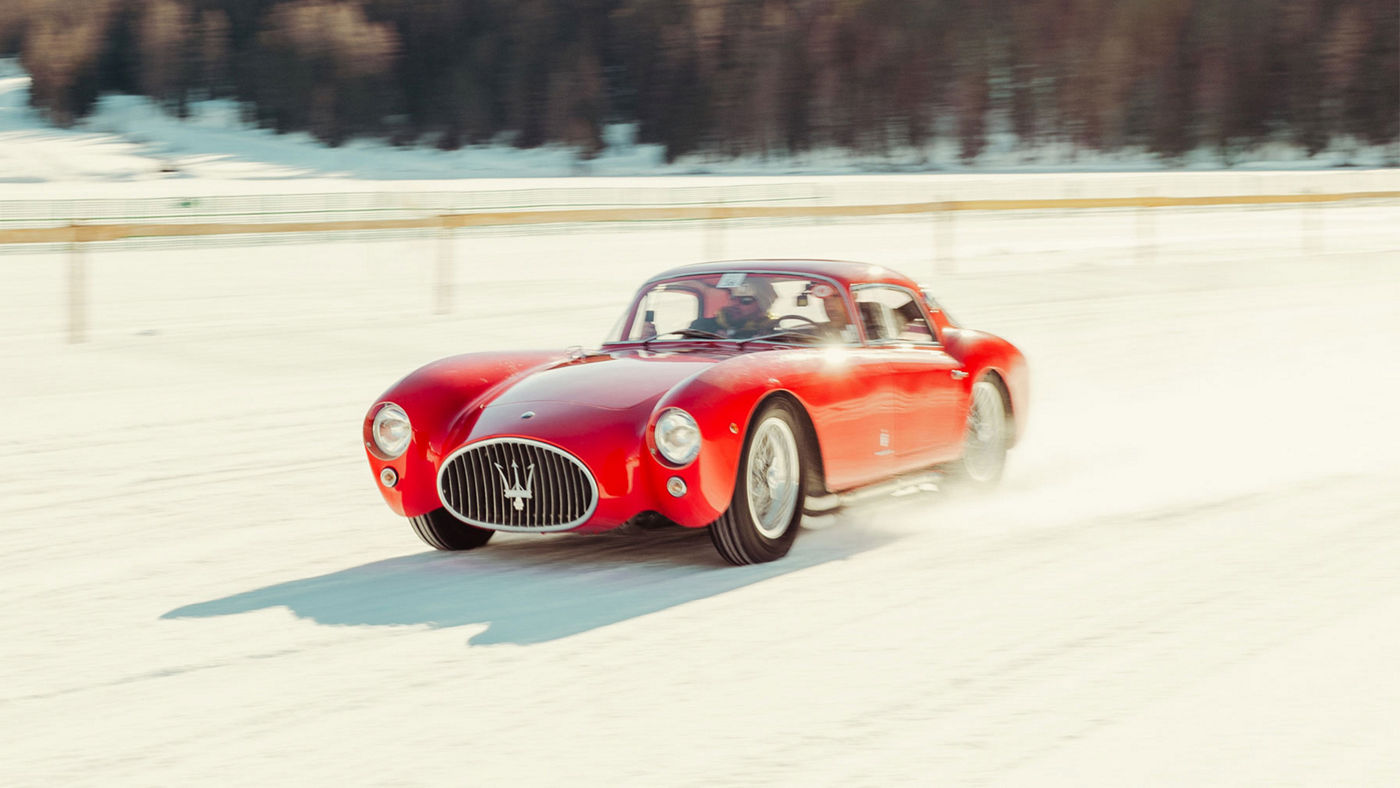
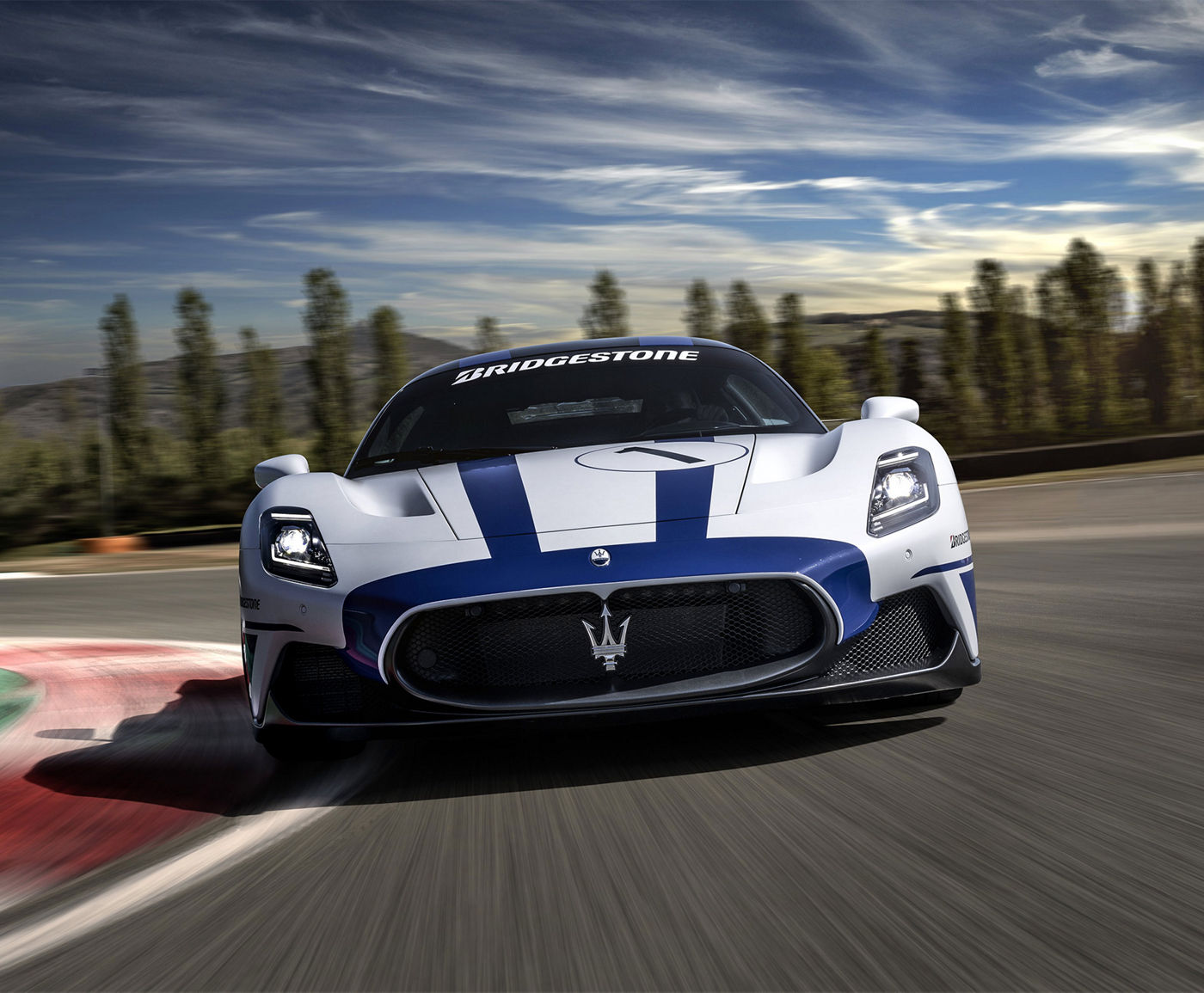
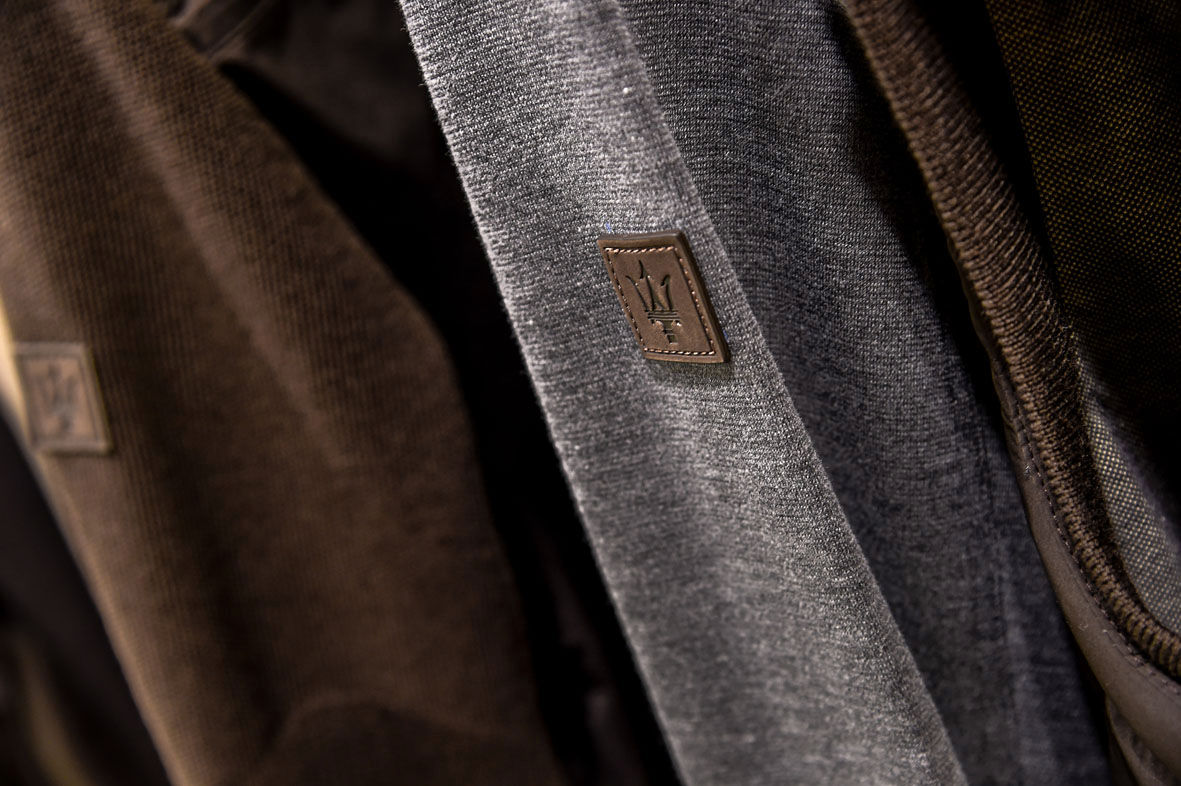

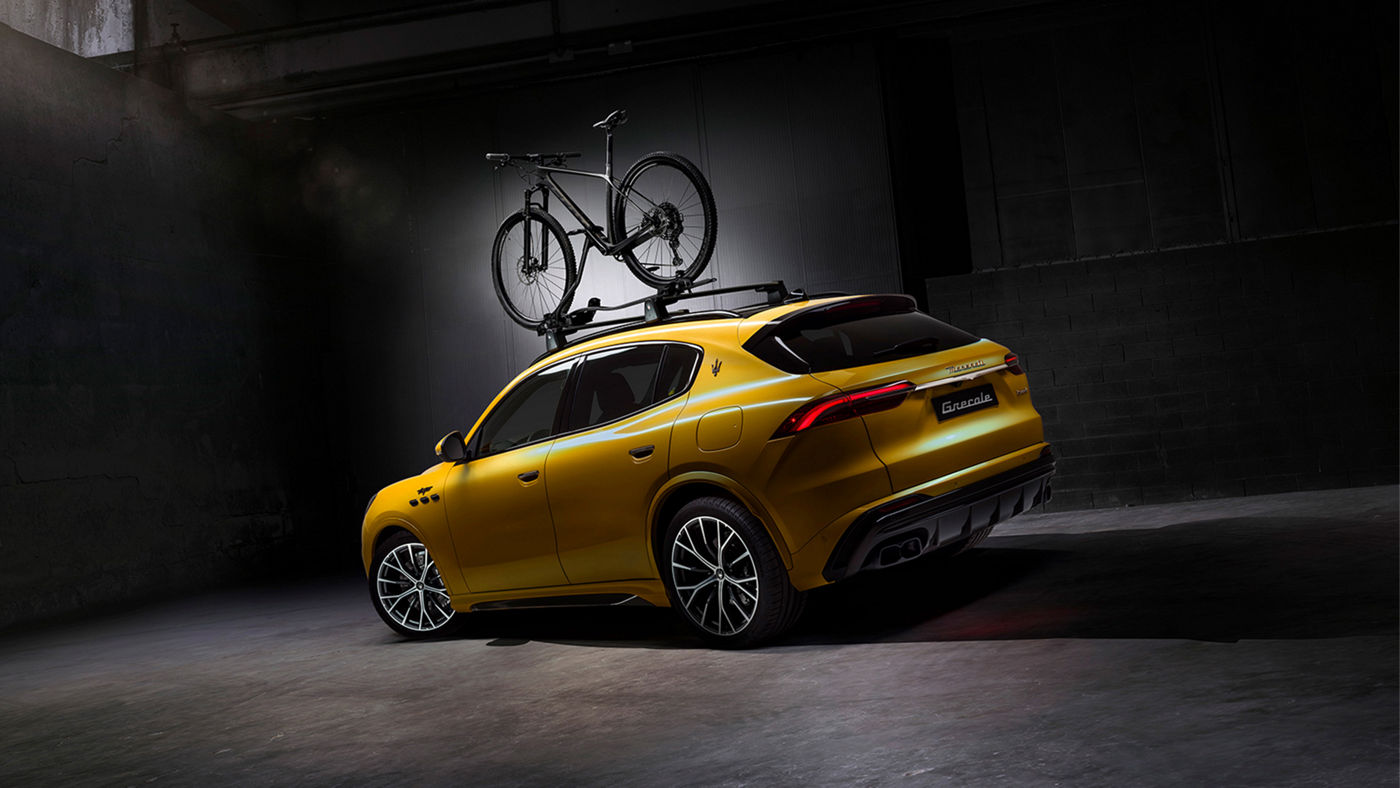








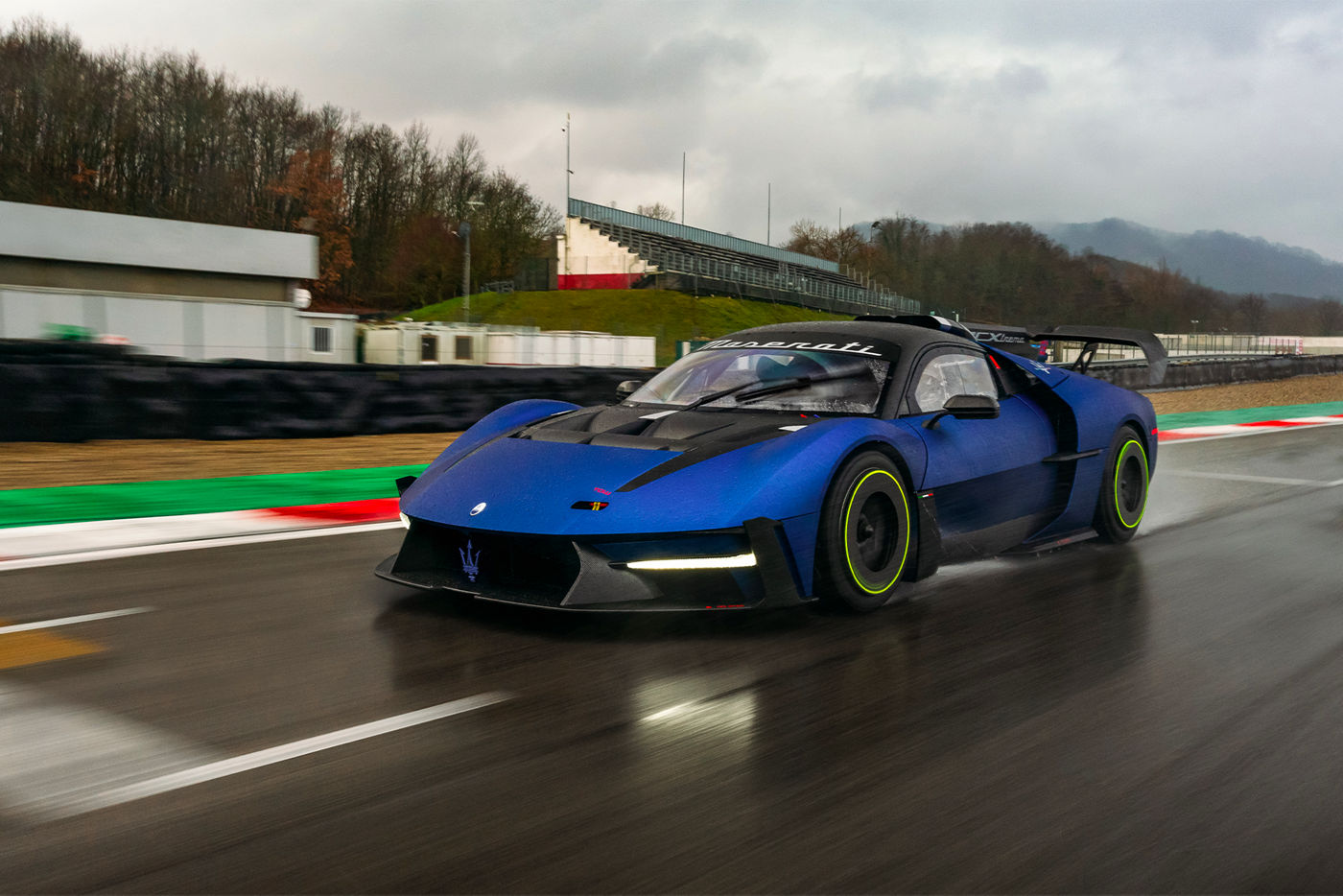
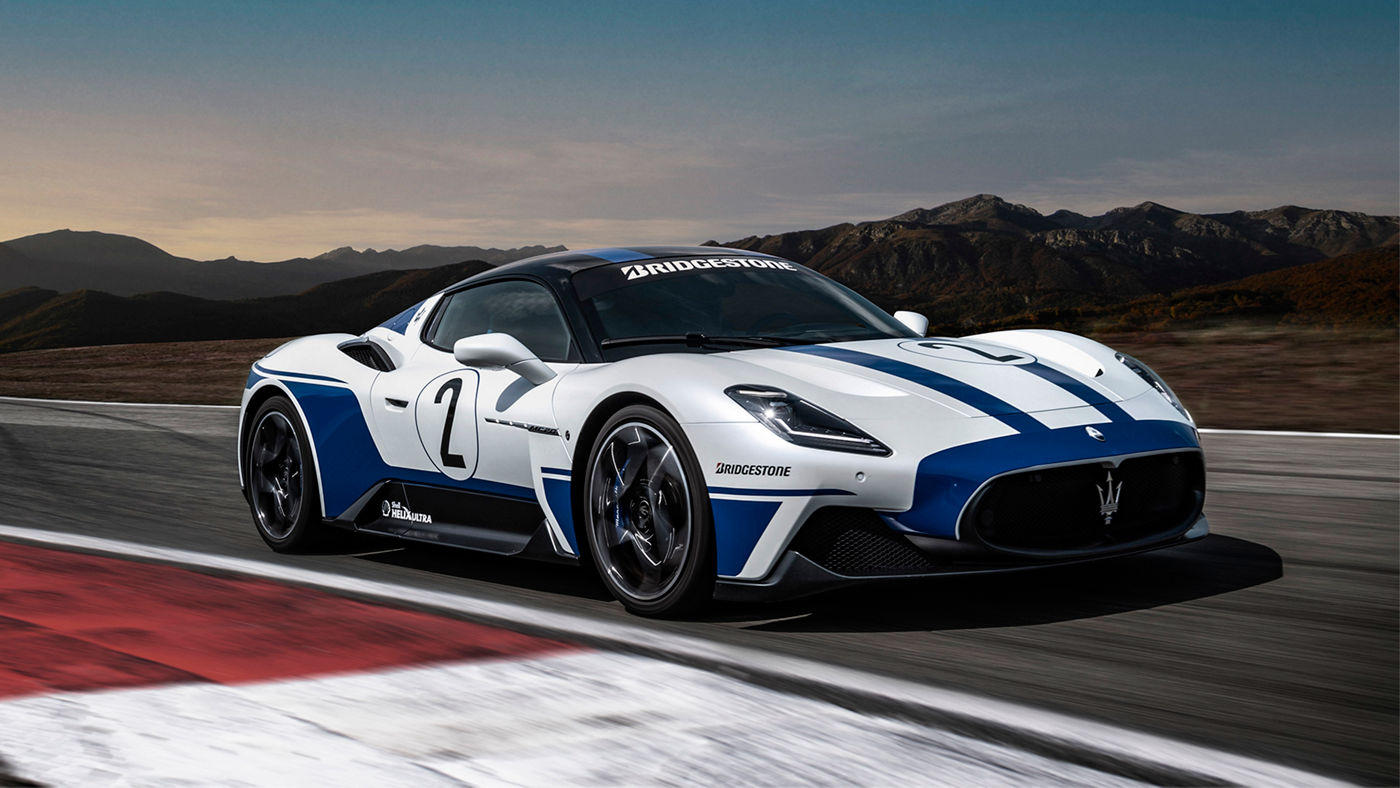
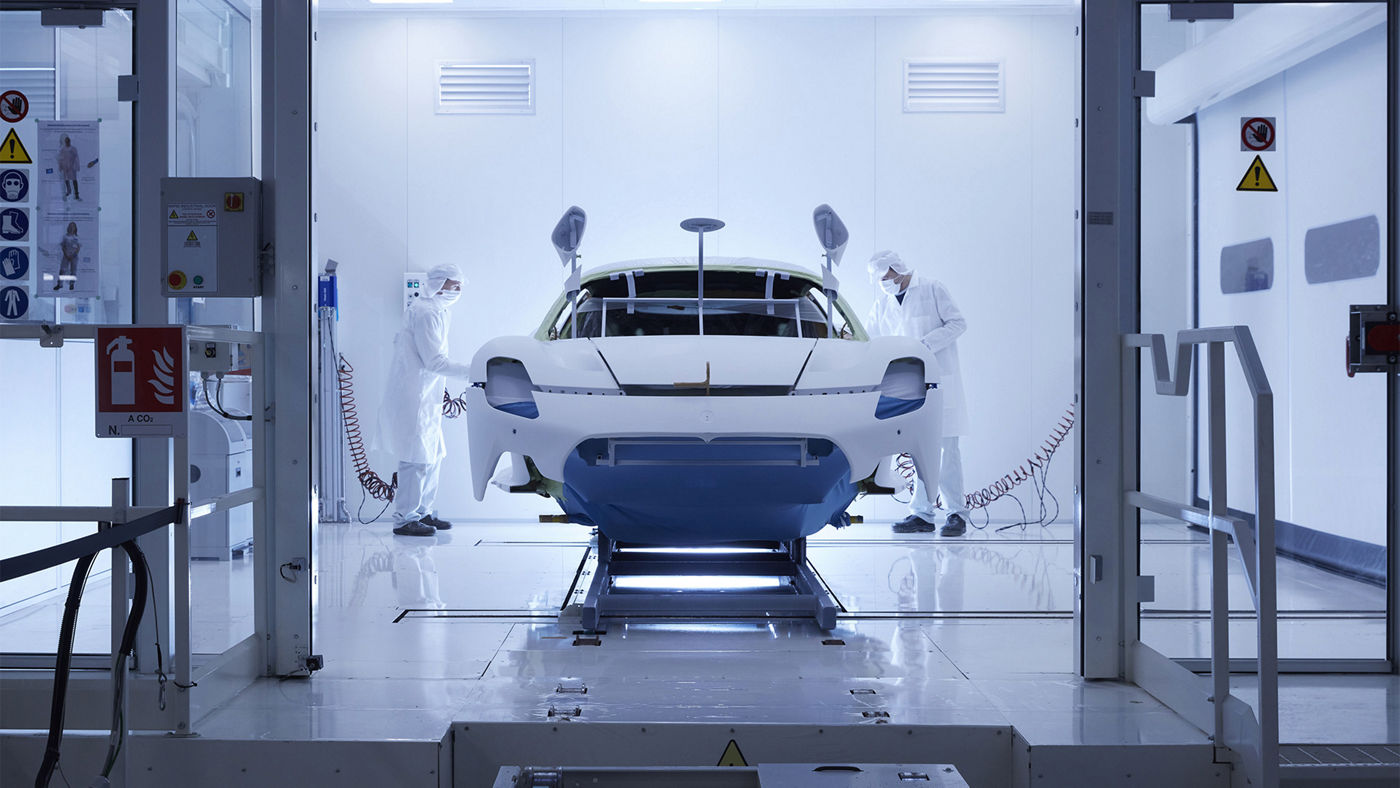




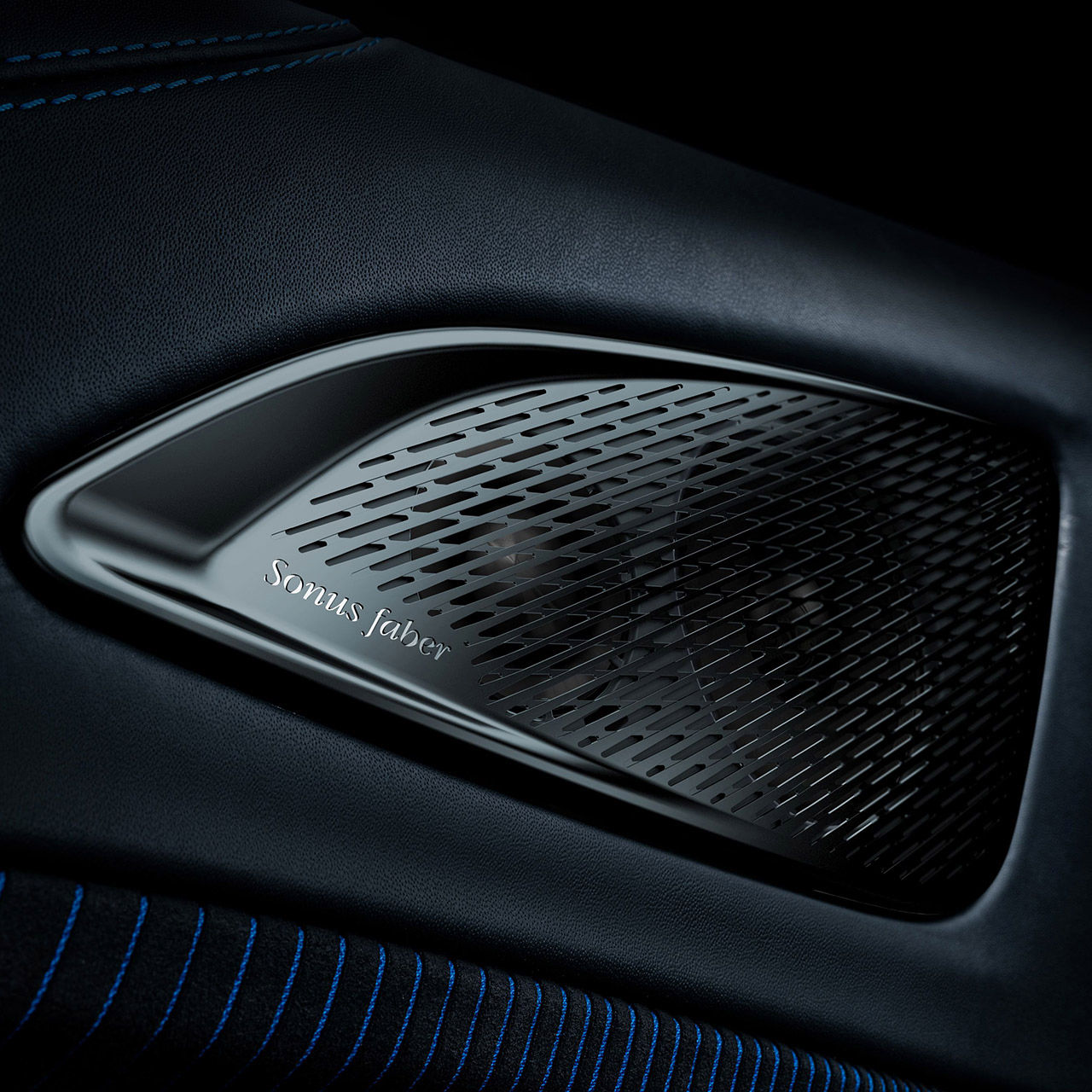

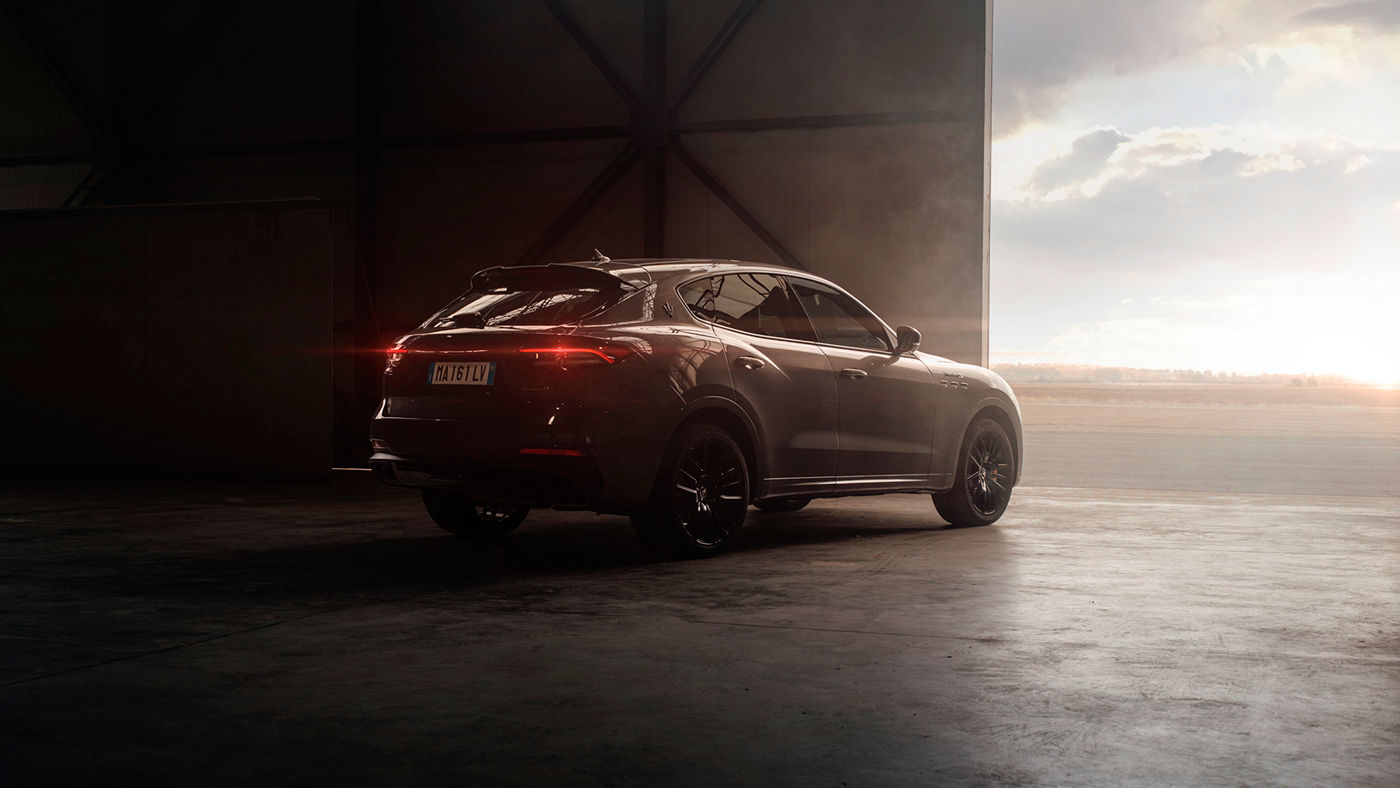

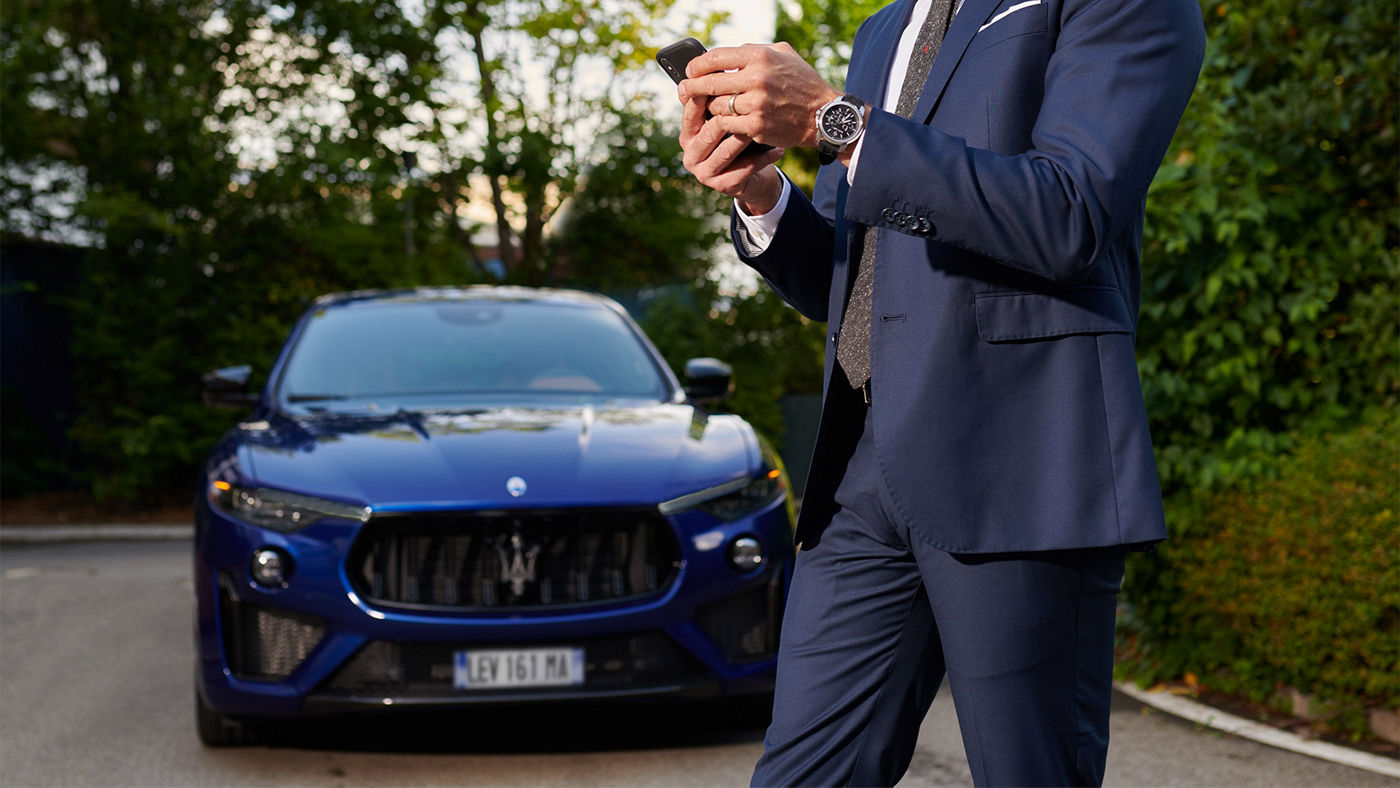
This year Maserati celebrates its first 80 years of operations in Modena. In late September 1939, following the acquisition of the brand by the Orsi family, work began to prepare the new Maserati headquarters in Modena to house the production lines for the realisation of new models.
Maserati then moved from Bologna (Pontevecchio) to Modena, where the Orsi family's businesses were based, to build new cars, invest in research and innovation and become one of Modena's most globally recognised brands.
The Modena production site in Viale Ciro Menotti, where it is still located today, officially opened its doors on 1 January 1940.
Some of the most important and significant cars in automotive history were produced at the Viale Ciro Menotti plant, including the 250F, an icon in the history of Formula 1 and world champion in 1954 and 1957 and the Quattroporte, the first sedan to be fitted with a high-performance engine.
From 1939 to 2019, around 90,000 road cars and 420 racing cars have been built. This plant in Italy's Emilia-Romagna region is still the heart of Maserati's operations, with 587 employees. It currently produces the GranTurismo and the GranCabrio in the MC (Maserati Corse) and Sport trims.
Work to update and totally renew the production lines is scheduled to start by the end of this year. After this transformation, the plant will be totally dedicated to building a new high-performance sports car with state-of-the-art technology, able to represent the best of Italian manufacturing and design worldwide, in the true Maserati tradition.
THE HISTORIC MASERATI PLANT IN MODENA IN FIGURES
Corrado Filippini, journalist and correspondent of the Bologna-based sports newspaper Littoriale, had an inspired idea which was to change the fate of Maserati. Filippini knew the Maserati brothers well, and aware of their vast technical and human potential, he decided to put them in touch with a friend of his from nearby Modena, the self-made industrialist Adolfo Orsi.
Adolfo Orsi, born in 1888, started his career working as a butcher's assistant in the morning and selling fruit on the streets of the city of Modena in the afternoon. As he walked the city's streets, he collected the rags he found along the way. Soon afterwards, he progressed from rags to scrap metal. By the mid '30s, Orsi had become Modena's leading industrialist and owned an ironworks and a steelworks with not only Italian but also international customers, as well as holdings in metallurgy, agricultural machinery and the service sector.
Filippini suggested he should consider the benefits of an association with the Maserati brothers, bearing in mind that motorsports could be an excellent opportunity for publicising his businesses. The meeting was arranged during the 1936 Modena GP, and Orsi and the Maserati brothers hit it off. The agreement was signed and sealed.
On 1 May 1937 Adolfo Orsi became the new owner of two companies: Officine Alfieri Maserati, the firm which built racing cars, and Fabbrica Candele Maserati, which manufactured spark plugs. Well known for his far-sightedness, Orsi agreed with the Maserati brothers that they would remain with the businesses for a further 10 years, so he could “exploit” their racing car design and construction expertise, as well as their know-how about the racing scene and their relationships with drivers. Orsi, on the other hand, took over the sales side. The spark plug factory finally received the attention it had lacked in the past, while racing car output rose from nine in 1936 to fourteen the following year. This began a period during which two clearly defined, separate businesses operated side by side, without any conflict ever arising between them.
This combination reached its peak in 1939 when Mike Boyle bought the Maserati 8CTF which, with a young Wilbur Shaw at the wheel, was to achieve victory in the prestigious Indianapolis 500 in two consecutive years, in 1939 and 1940.
1947 marked the end of one era and the start of a new one. The Maserati brothers left the business, and the first Maserati road car, the A6, was built at the Modena plant.
The growth of the brand and the Maserati plant reached its peak in the boom years of the '60s, with cars which have gone down in history, such as the Tipo 60 “Birdcage”, the 3500 GT, the 5000 GT and the Mistral.
In 1968, Maserati built around 800 cars, the best result it had ever recorded since the opening of the Modena production plant. The Maserati range for 1968 was comprised of the Ghibli, Mexico, Mistral, Quattroporte and Sebring. In the same year, Maserati achieved a 43% market share in the “over 3500cc” segment in Italy.
After the short interlude when Maserati was a subsidiary of Citroën, during which the French owners introduced the first modern industrial processes, De Tomaso acquired the company and the Modena plant created and sold a model destined to be one of the Brand's best-known, best-selling cars for a long time: the Biturbo.
The acquisition by Fiat in 1993 was the start of a major new chapter. In September 1997, Maserati became a Ferrari subsidiary and the plant was redesigned to meet the new commercial demands. These were years of major transformations, which saw the birth of the 3200 GT and the Spyder, a car which marked Maserati's successful return to the USA market.
In 2005 Maserati was separated from Ferrari and placed under the direct control of the Fiat Group. The years which followed saw the launch of the GranTurismo (2007) and GranCabrio (2009), both designed by Pininfarina and winners of countless awards: even today they are still considered “The Maseratis” thanks to their unique, timeless, sporty yet elegant looks. They are both built at the historic Modena plant.
The Maserati plant on Viale Ciro Menotti is not just one of the brand's production hubs and an iconic location: it is also the clearest proof of the Trident Brand's deep bond with its native city.
This bond has been further highlighted over the decades by the passion of world-famous Modenese celebrities such as Luciano Pavarotti and the Panini family.
In the '60s, when the then young Italian tenor became a global opera star, his Modenese identity, and his passion for Maserati cars, were unmistakable: the photographs of him on board his Quattroporte are famous.
“Maserati belongs in Modena.” This was probably the principle that inspired another of the city's famous sons. It was in 1996 that 17 historic Maserati cars appeared in the Brooks auction catalogue and went under the hammer in London: the Maserati Museum was up for sale. Entrepreneur Umberto Panini, along with his brothers and world-famous as producers of the renowned sticker albums, bought the entire collection. This banished the threat of the possible loss of a historic and cultural heritage of immense importance to the city, and the cars returned to Modena, where they are still conserved today at the “Collezione Umberto Panini” Museum.
In more recent times, celebrity chef Massimo Bottura, holder of 3 Michelin stars, has become a Maserati Brand Ambassador and promotes the Trident name worldwide.
During the last few years, Maserati's Modena imprinting has also been underlined by events in which the cars have starred in some of the city's most beautiful locations. One example is the Trident Brand's participation at the Mak π 100, the traditional débutantes' ball held annually at the city's Military Academy. In January 2007 a procession of 90 Quattroporte cars filled Modena's Piazza Grande, creating a striking image that combined the city's two most globally famous symbols: the Ghirlandina tower and Maserati cars.
In 2014, to celebrate the Maserati centennial, Modena hosted a major gathering in which the city's main squares, including Piazza Grande, Piazza Roma and Piazza XX Settembre, were filled with iconic Trident models.
In 2019 Maserati took part in the “Motor Valley Fest”, the festival celebrating Modena's automotive engineering heritage, with an exhibition entitled “Maserati: a Century of Victories” at the plant itself, enabling enthusiasts to view the cars that made history in the location where they were actually built.
A large number of both road and racing cars have been built at the Modena plant, including revolutionary models and milestones in the brand's history. Here are some of the most iconic cars.

A6: A for Alfieri. 6 for the number of cylinders in the engine.
The A6 Berlinetta was the first Maserati car not intended for use in racing. A design object styled by Pininfarina, destined to set trends and inspire admiration and unrestricted by the demands of mass-production. It was the first road car to leave the Viale Ciro Menotti plant, where 60 of the models were built between 1947 and 1950.
_1954_Autodromo_di_Monza.jpg?$1400x2000$&fit=constrain)
The 250F, one of the most extraordinary, long-lived Formula 1 racers, won the World Championship driven by Juan Manuel Fangio in 1954 and 1957. Initially identified by the code 6C 2500, after initial test drives it became known as the 250F (250: displacement of two and a half litres. F: Formula).
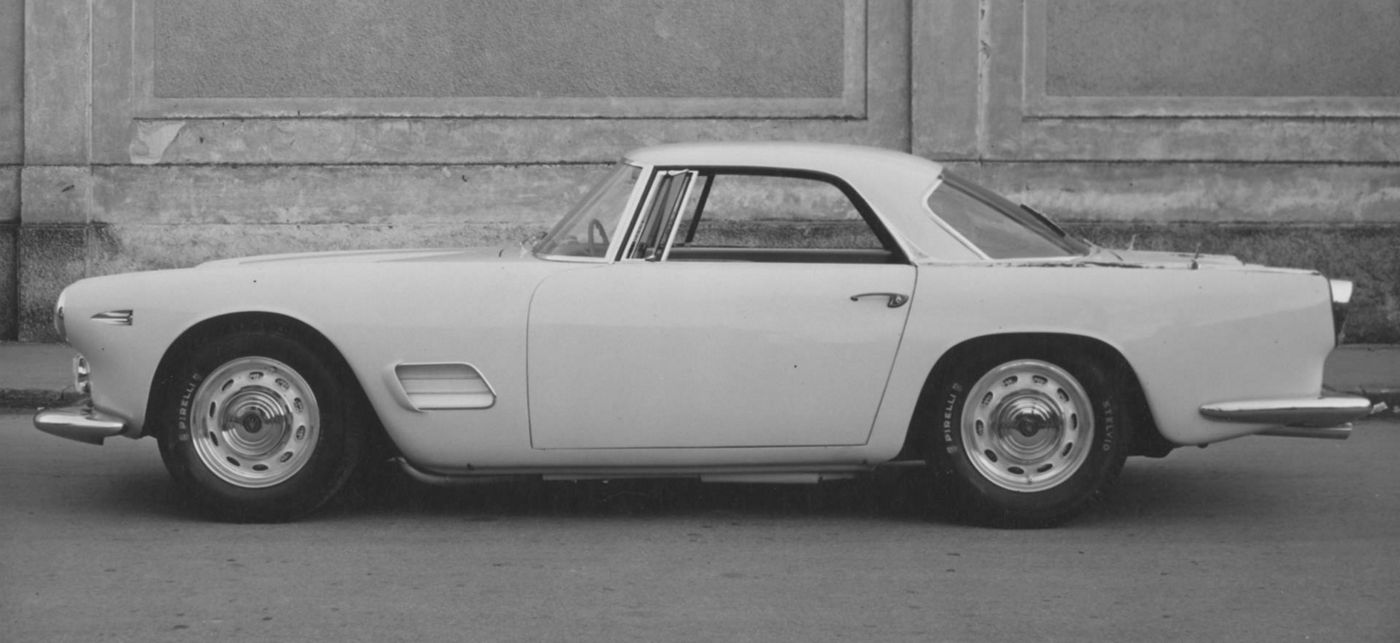
The launch of the 3500 GT at the 1957 Geneva International Motor Show marked the rebirth of the GT car sector. The 3500 GT was the first Maserati car to be built on a large scale. With a sleek, low-slung body,simple front and chromed bumpers, and built in aluminium using the Superleggera technology to keep its weight down to 1,300 kg, it defined the Italian Gran Turismo concept to perfection.
The 3500 GT prototype was nicknamed the “White Lady”, borrowing a phrase from gossip columns of the time, but the beauty of its silhouette also concealed major mechanical innovations such as the introduction of disc brakes in 1959 and Lucas indirect injection in 1961.
In 1959 the spider version, designed by Giovanni Michelotti, joined the coupé.

In 1959, the Orsi family decided to assign Giulio Alfieri, Maserati's head engineer, the task of updating the construction of the brand's racing cars. He was given complete freedom, and this provided the basis for a historic turning-point for the company.
The initial idea was to build a new car with a monocoque structure, but this hypothesis was later rejected. Alfieri met with his key collaborators at the end of a working day in October 1958 to discuss how to achieve light weight combined with very high rigidity to withstand torsional and flexural stresses. Together, they designed a revolutionary chassis consisting of about 200 steel tubes of extremely small diameter (between 10 and 15 mm), combined together in very short lengths in a complex mesh to form a birdcage structure. This is how the “Birdcage” was born.

In a break with its tradition of building only racing or GT cars, Maserati decided to produce an elegant yet powerful and fast four-door executive sedan. Giulio Alfieri took charge of the project, known as the Tipo 107, and opted for a unibody steel construction instead of the usual tubular chassis. The engine was a 90° V8 with reduced displacement but still delivering 260 HP. The bodywork, designed by Frua and built by Vignale, was in a modern, practical style. The Maserati Quattroporte, defined as “the world's fastest sedan” had a top speed of 230 km/h. 762 were built between 1963 and 1969 and the Quattroporte, now in its sixth generation, is one of the most important, iconic Trident models.
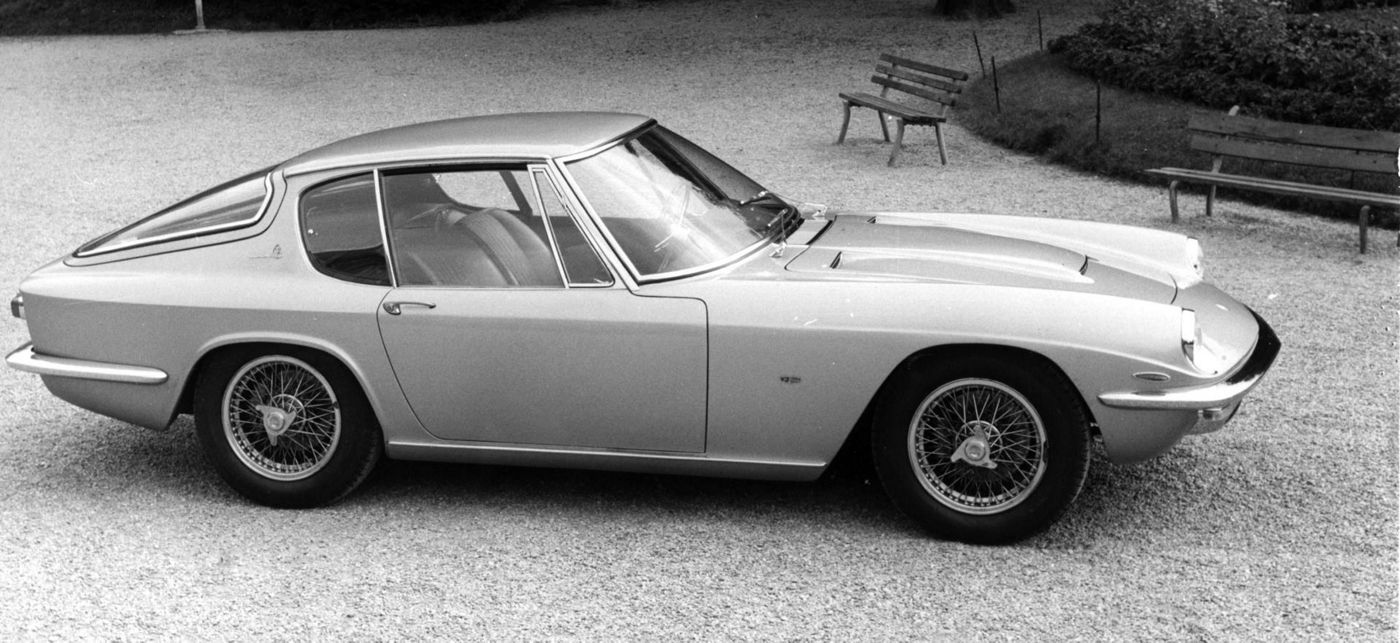
The Mistral is considered the masterpiece of Turin designer and coachbuilder Pietro Frua, in view of its ground-breaking rear. The fast-back profile with tailgate, exceptionally large windows, and transgressive front with a shallow, wide front grille almost hidden underneath the bumpers were its key characteristics, together with the curved windscreens and side windows, creating arched front pillars. Only one car was built in 1963, but in 1964 standard production began and the coupé version, with a choice of three different straight six engines, was launched.
846 Mistral Coupé and 124 Mistral Spyder cars were built.
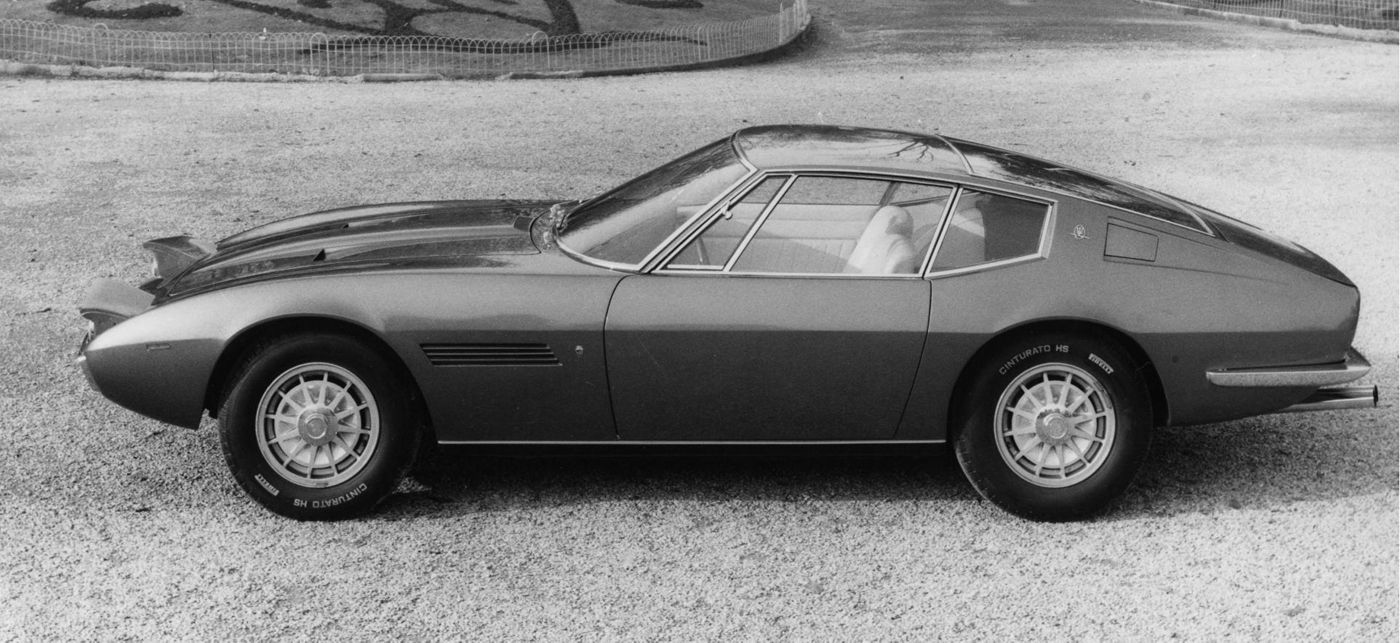
In 1966, the design guidelines were laid down for a GT which would reflect the concept of Maserati's racing tradition. The Ghibli, named after a desert wind, was much more aggressive in its lines than other GT cars of the time, in spite of sleek, tasteful looks and an elegant, refined style. Weighing more than 1,500 kg, the Ghibli had a top speed of over 260 km/h. In 1969 a spyder version, created without changes to the mechanics, was introduced alongside the coupé.
The Ghibli's enthusiastic reception from the public and critics at the 1966 Turin Motor Show was soon transformed into commercial success. The initial production lot of 100 cars was boosted to 400. Eventually, 1,332 Ghibli cars (Coupé and Spyder) were produced.
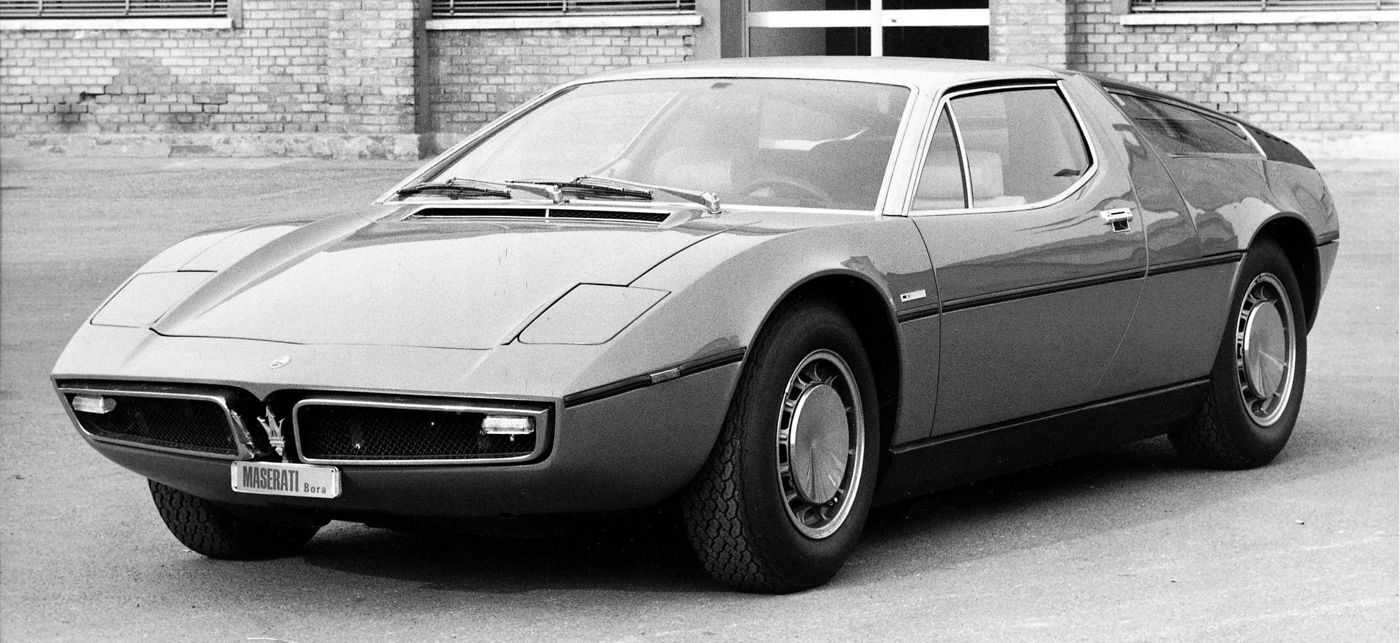
The Maserati Bora was a landmark for the Modena plant: the first standard production Maserati road car i with the engine mounted behind the cabin. Giorgetto Giugiaro was commissioned to design this production car, with instructions to create a sporty yet comfortable model. It was officially launched at the 1971 Geneva International Motor Show. With a dry weight of 1,400 kg, the Bora had a top speed of 280 km/h. It remained in production until 1978 and a total of 564 units were built.
It was on the chassis of the Bora that in 1972 Giugiaro created the futuristic wedge-shaped Boomerang, a unique, provocative exercise in style. Of this amazing car with its sharp-cornered geometrical form, presented as a one-off at the 1973 Geneva International Motor Show, Giugiaro declared: “Intended as a provocation, now it is simply a museum piece”.
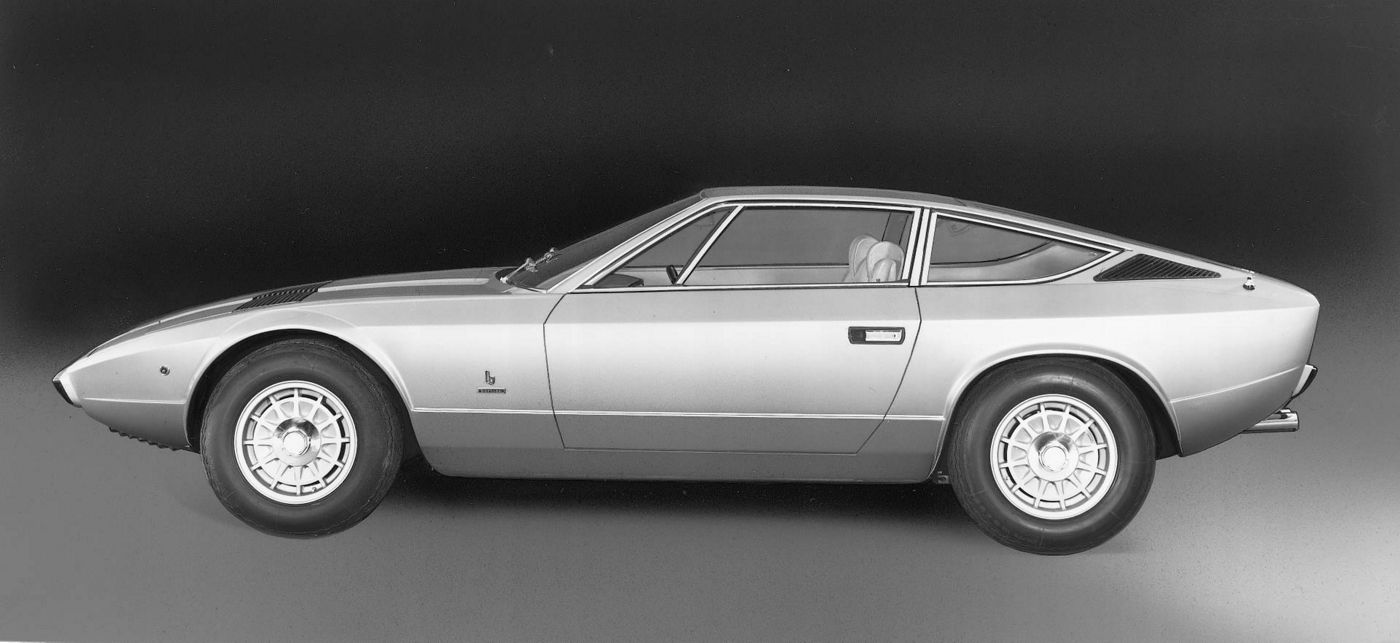
The heir to the successful Ghibli was designed by Carrozzeria Bertone of Turin and named after the prevailing wind of the Egyptian desert: Khamsin.
The two-plus-two seater coupé had a streamlined shape and delivered best-in-class performances. Its weight of 1,680 kg and V8 engine of 320 HP provided the car with a top speed of 280 km/h. 430 units were built.
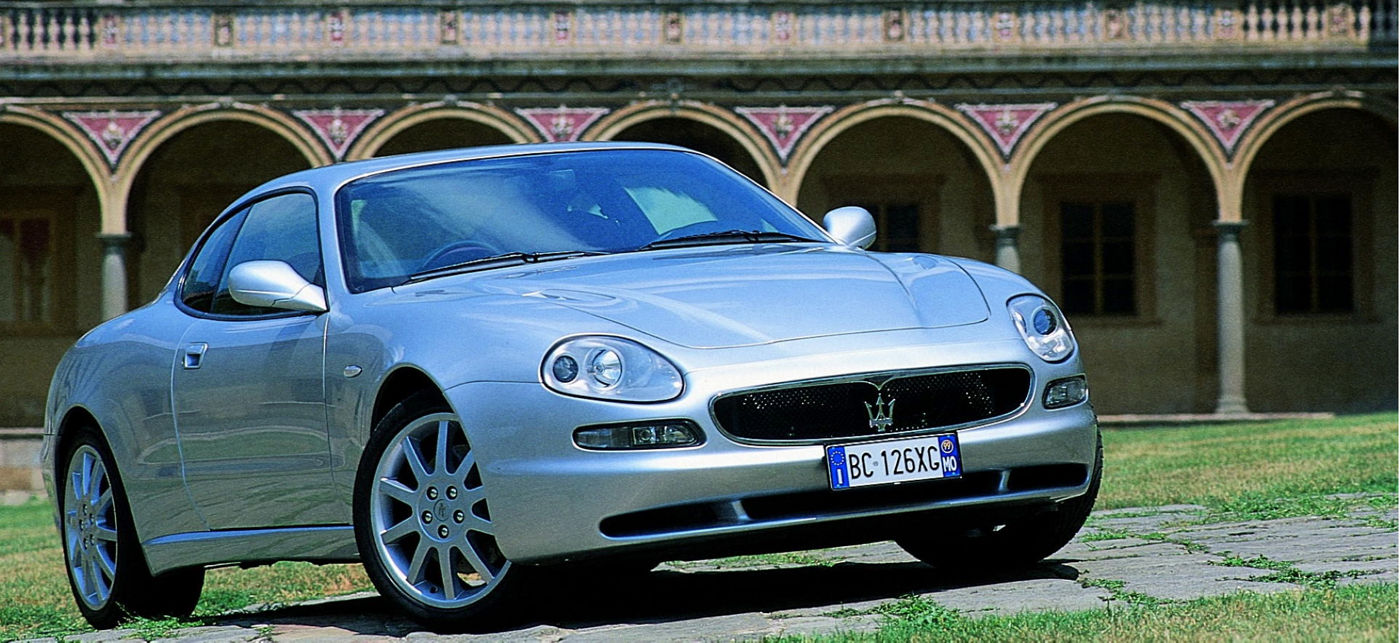
After a rather lean period for Maserati, the decision was taken to restore this internationally famous brand to its former glory with an innovative car, closely linked to the Trident tradition. With the 3200 GT, designed by Giorgetto Giugiaro with soft and harmonious lines, the aim was to present a completely new GT model which would redefine the future and open out new horizons.
The 3200 GT had a totally new, aggressive front which referenced the great Maserati GT models of the past, while the massively powerful engine of 368 HP and weight of 1,590 kg enabled a top speed of 280 km/h. The Maserati 3200 GT accelerated from 0-100 km/h in just 5.12” seconds.

The strategy chosen for the effective expansion of the range was to develop a four-seater coupé on the new Quattroporte platform with shorter wheelbase and reduced height. Pininfarina came up with a very sporty, completely distinctive design inspired by the shapes of the Maserati racers of the Sixties, with a low-slung body and bulky wheel arches.
The GranTurismo had a wide, low oval front grille. Overall it neither had nor sought the sedan's air of classical composure, although its potentially discordant design features combined in a harmonious way. The designers managed to create space for four people within a streamlined form, reducing the perceived size of a car which was actually almost 5 metres in length.
The GranTurismo was officially presented to the press in summer 2007 and, in spite of its very complex genesis, the end result was a genuine success. In 2009 the GranTurismo was joined by the GranCabrio, its open-top version: an absolutely comfortable four-seater convertible.
Related stories
International
Africa
Europe
America
Asia
Middle-east
Oceania

